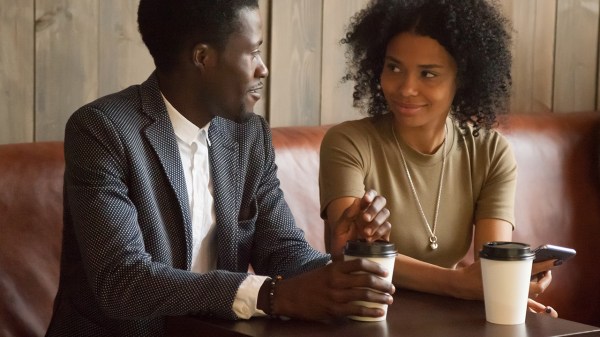Insights into Single Americans' Dating Preferences and Demographics
Core Concepts
Many single Americans prioritize being single due to important priorities or enjoying it, while those looking for relationships vary in preferences based on age and gender.
Abstract
A significant portion of U.S. adults are single, with varying demographics influencing this status. Younger individuals are more open to casual dating, while older singles tend to prefer committed relationships. Men and women have different tendencies regarding dating preferences as they age. Factors such as race, education, and sexual orientation also play a role in the likelihood of being single. The reasons for not seeking relationships include having other priorities, enjoying being single, feeling too busy or old to date, or past relationship experiences.
Customize Summary
Rewrite with AI
Generate Citations
Translate Source
To Another Language
Generate MindMap
from source content
Visit Source
www.pewresearch.org
1. A profile of single Americans
Stats
About three-in-ten U.S. adults (31%) say they are single.
Black adults (47%) are much more likely to be single than White (28%) or Hispanic (27%) adults.
56% of LGB adults ages 18 to 29 are single.
Half of singles say they are not currently looking for a relationship or dates.
Women daters are significantly more likely than men to be exclusively seeking a committed relationship (36% vs. 22%).
Quotes
"Majorities of singles in the 18-to-29 and 30-to-49 age groups are interested in a relationship or dates."
"Men and women see eye to eye on almost all these reasons for not looking to date."
"Introductions through family or friends are the most common way people meet a partner."
Key Insights Distilled From
by Pew Research... at www.pewresearch.org 08-20-2020
https://www.pewresearch.org/social-trends/2020/08/20/a-profile-of-single-americans/
Deeper Inquiries
What societal factors contribute to the differences in dating preferences between men and women?
Societal factors play a significant role in shaping the differences in dating preferences between men and women. Traditional gender roles, which have been ingrained in society for generations, often dictate expectations around relationships. Men are often socialized to be more assertive and proactive when it comes to pursuing romantic interests, leading to a higher likelihood of them being on the dating market. On the other hand, women may face societal pressure to prioritize other aspects of their lives over seeking out relationships.
Additionally, cultural norms regarding masculinity and femininity can influence how men and women approach dating. Men may feel pressured to conform to ideals of masculinity that emphasize independence and self-sufficiency, making them more inclined to actively seek out relationships. In contrast, women may face stereotypes that suggest they should be passive or wait for others to make the first move.
Moreover, historical patterns of marriage age and life expectancy also impact dating preferences. Men tend to marry later than women on average due to various reasons such as career pursuits or financial stability goals. This delay in marriage for men can lead them to remain single longer or actively seek out relationships at different stages compared to women.
How do cultural norms influence the likelihood of being single across different racial groups?
Cultural norms play a crucial role in influencing the likelihood of being single across different racial groups. These norms shape individuals' perceptions of relationships, marriage, and family structures within their communities. For example:
Family Dynamics: In some cultures where family plays a central role in matchmaking or relationship decisions, individuals might feel more pressure or encouragement from relatives towards finding a partner.
Marriage Expectations: Cultural expectations around marriage age can vary significantly among racial groups due to traditions or religious beliefs.
Stigma Around Divorce: Some cultures stigmatize divorce more than others; this could affect people's willingness or reluctance towards entering new relationships after previous ones end.
Gender Roles: Different cultures have distinct gender roles that impact relationship dynamics; these roles might influence how likely someone is perceived as desirable by potential partners.
These cultural influences intersect with socioeconomic factors like education levels and access opportunities affecting relationship statuses among diverse racial groups.
How has online dating impacted traditional methods of meeting partners?
Online dating has revolutionized traditional methods of meeting partners by providing an alternative platform for connecting with potential matches beyond conventional avenues like introductions through friends/family or chance encounters at social events:
Increased Accessibility: Online platforms offer wider reach regardless of geographical location; this expands one's pool of potential partners beyond local boundaries.
Diverse Options: Users can specify preferences based on interests/traits leading algorithms match-making processes facilitating connections based on compatibility rather than proximity alone.
Changing Social Norms: Online interactions blur lines between virtual & real-world communication fostering new ways forming bonds before physical meetings occur
Reduced Stigma: As online dating becomes mainstream accepted norm many no longer view it negatively but rather as efficient way meet people especially those busy schedules
However despite its benefits online-dating not without challenges including issues privacy safety concerns authenticity profiles misrepresentation creating need cautious navigating digital landscape while searching love connections
0
